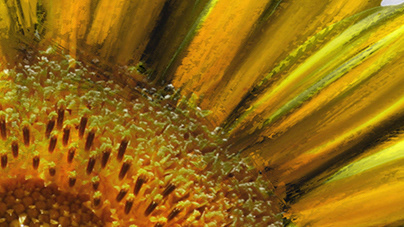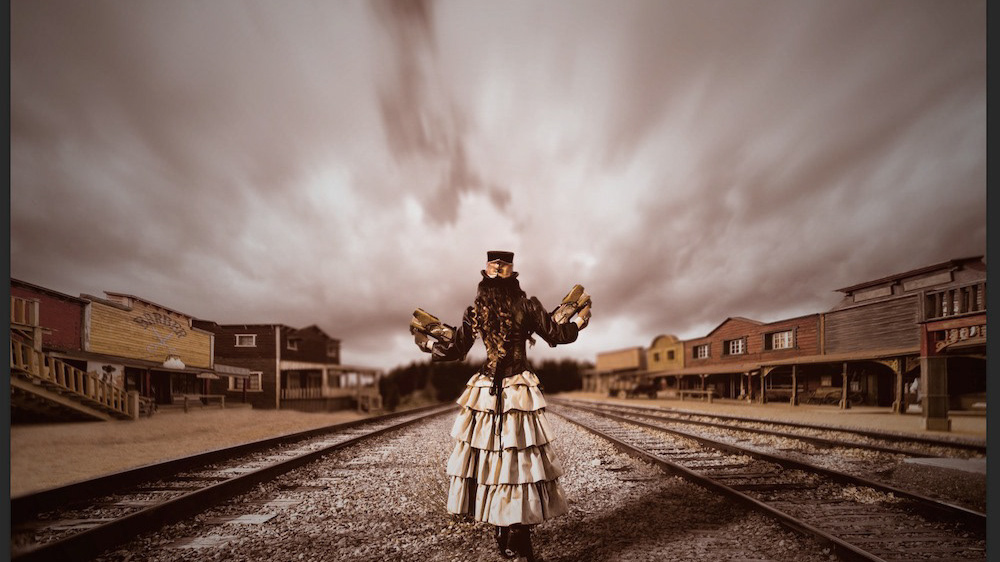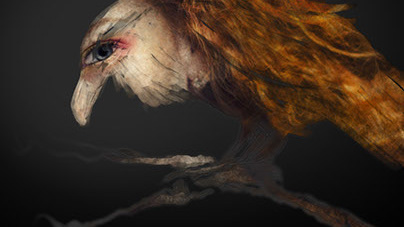All of these images were generated in Adobe Firefly to demonstrate the potential for supplementing a commercial workflow with both stock and generated imagery (shown in the final images, which are a blend of Adobe Stock photography and Firefly content).
As we move forward with AI generated work, it's easy to get lost in the fantastic and eye catching, but I feel that we'll settle before long on using AI in more mundane ways. Certainly we can more easily create visions from (almost) nothing more than text. The new thing always fascinates us. Unless we can find function that we previously lacked, though, the new thing is likely to quickly fade.
Generative AI images can be a great help to working designers and photographers, and while there is unquestionably room for abuse, that's not unique to tools like Firefly. It's up to us as professionals and artists to find the ethical and positive ways forward.
The previous images were generated as photorealistic backdrops for corporate headshots in a mock project I gave myself for my monthly column in Photoshop User (KelbyOne). In all, I asked Firefly to give me a few dozen images relying heavily on the Refresh option to spawn new seeds on the same prompts and modifiers. Once I had what I needed, I opened up a little and started adding new styles to the prompt.
The next few images are created from the same prompt as the previous works, but with "inkwash surreal" added. This shows the flexibility of AI tools to help us quickly explore other options. I could easily have used the following pieces as more artistic, expressive backgrounds depending on the client story. Below these, I went even further.
At this point, I switched a few elements in the prompt as well as the art styles. I did keep the same seeds as the original photographic results in some cases. In the final two abstract images I also explored "kintsugi" (before the beta implementation limited prompts to English only. Boo!)
Kintsugi is the Japanese practice of using gold to repair cracks or broken porcelain pieces. It results in not only a beautiful abstraction, but also a commentary on life in general. Here, it is used for visual interest in texture and contrast.
Finally, some examples from my article showing the use of traditional stock and AI imagery. The mock brief I gave myself was to place corporate portraits into a new, modern, bright setting that was different for each person. You can imagine that if a company had such a request but did not locate in the right kind of building, then you'd need to rely on stock.
However, finding series-based collections that meet all of the requirements can be very challenging. Using Adobe Firefly took only a few minutes to build a library. While Adobe does not currently allow commercial use of Firefly results, I believe that will change in the near future. This project is a forward-looking effort to demonstrate how such tools will be useful to photographers rather than threatening to replace them (us).









